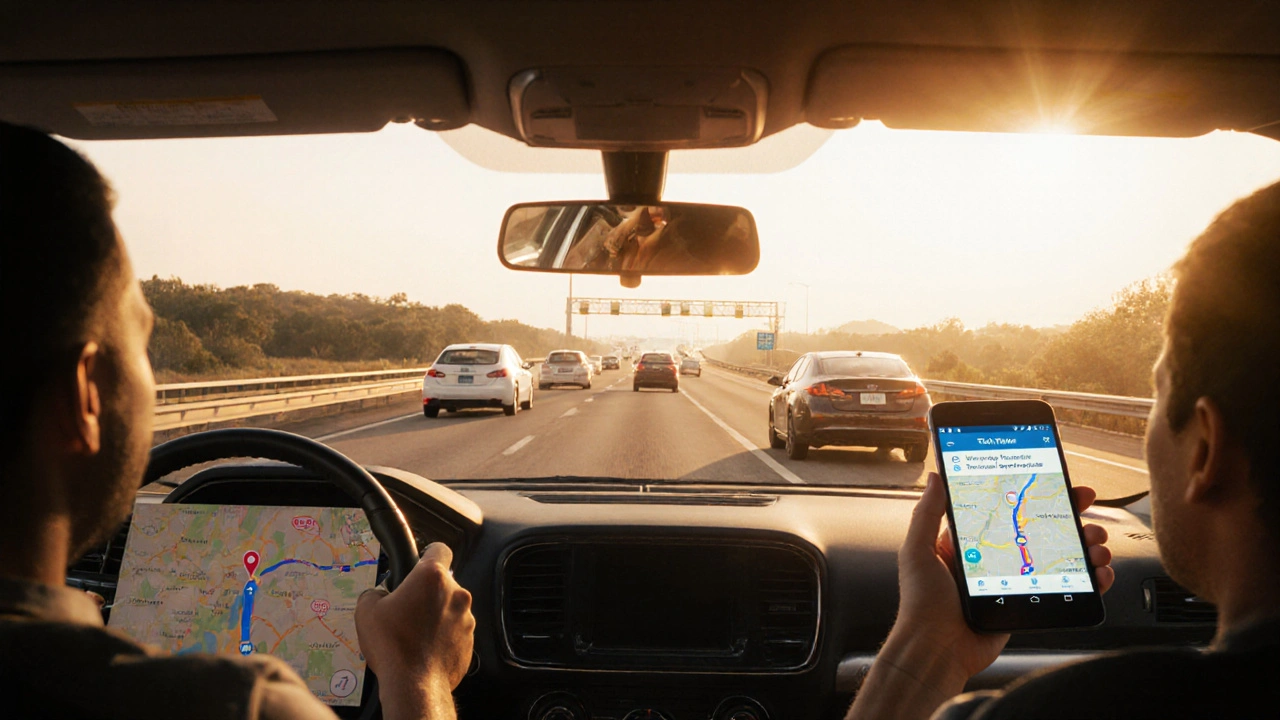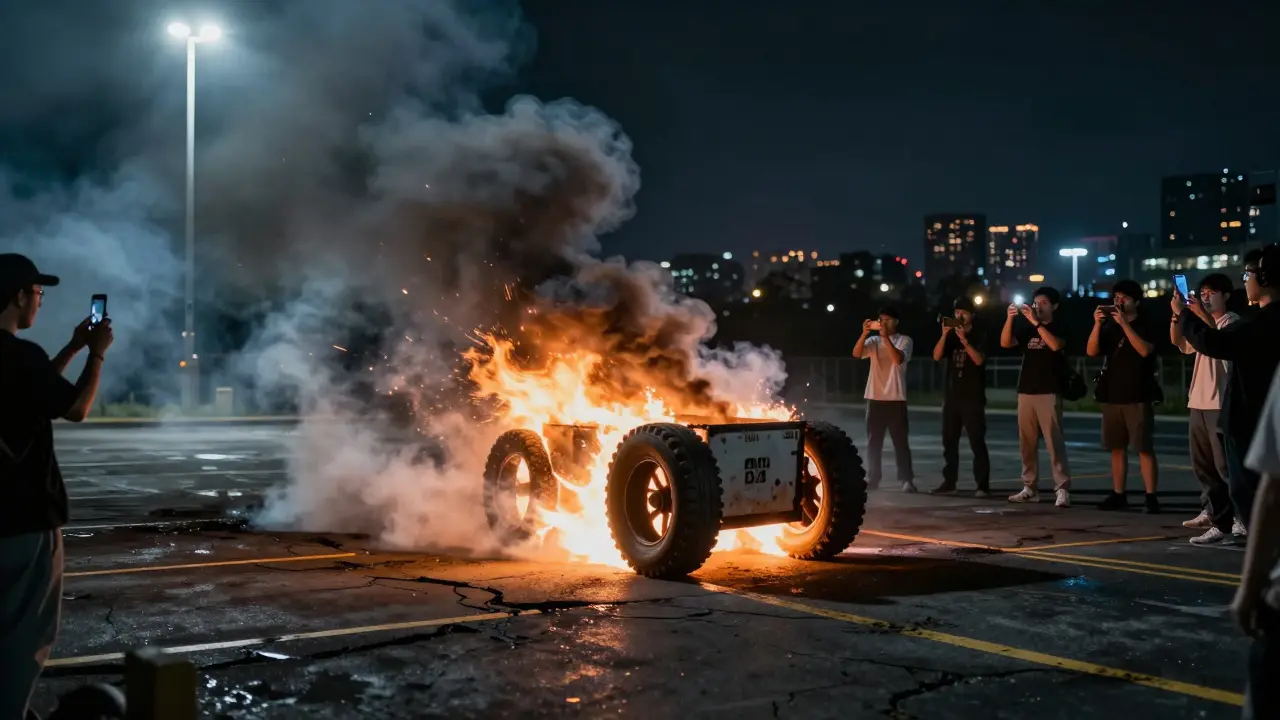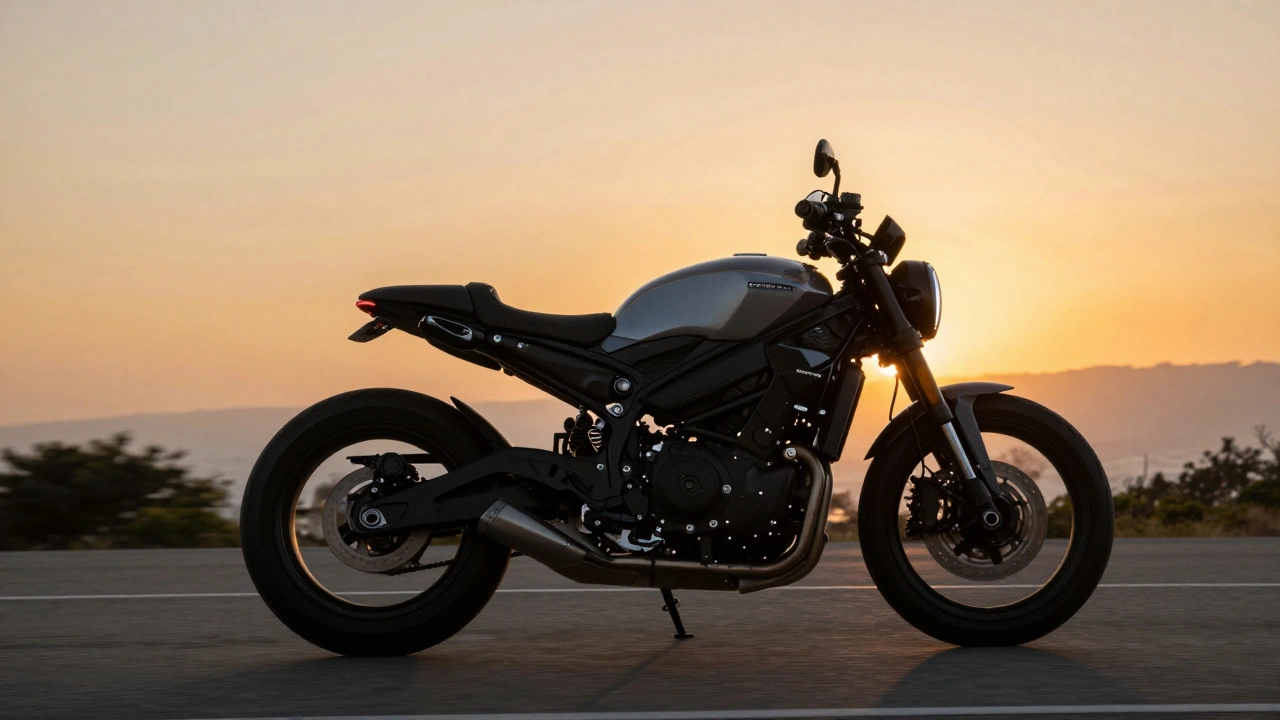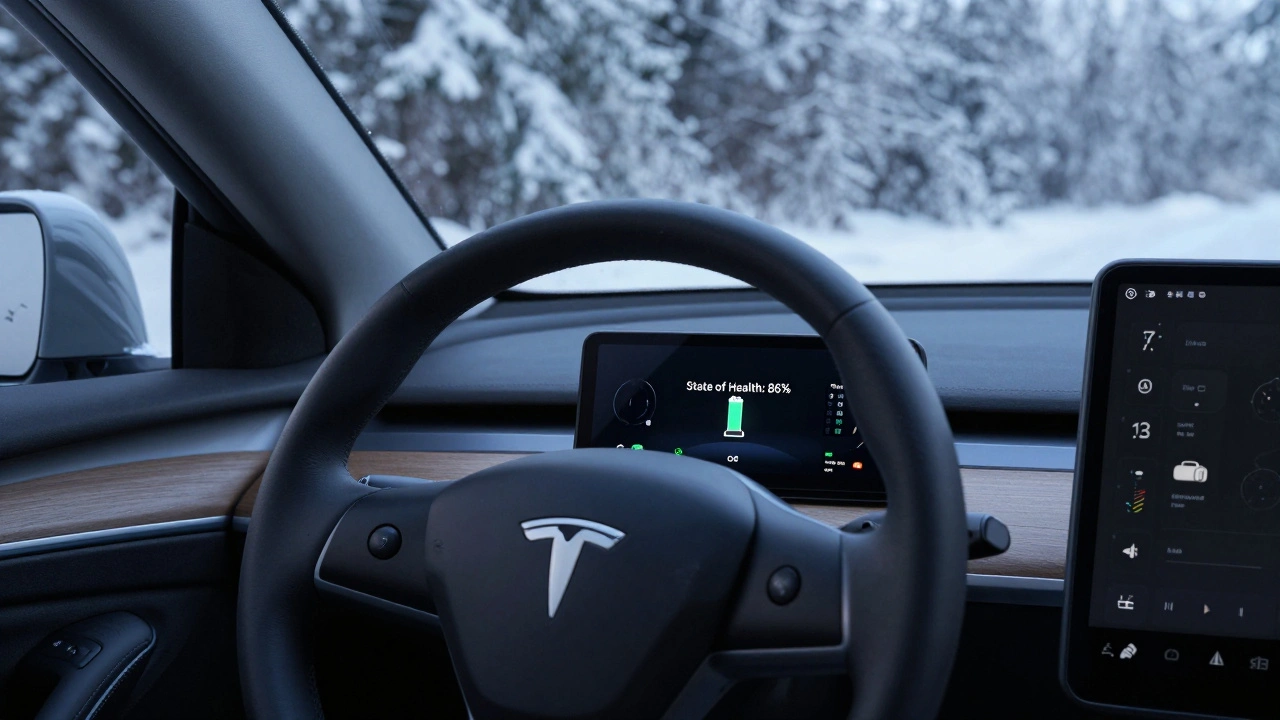Group Drive Route Planning: How to Plan Safe, Efficient Road Trips with Others
When you're planning a group drive route planning, the process of organizing travel logistics for multiple people sharing a vehicle or convoy. Also known as carpool route planning, it's not just about picking the fastest path—it's about balancing fuel, rest, safety, and everyone’s needs. A bad route can turn a fun trip into a nightmare: someone’s exhausted, another’s missed a bathroom break, and half the group is arguing over GPS directions. Good group drive route planning fixes that before you even leave the driveway.
It starts with driver coordination, how responsibilities like navigation, timing, and breaks are divided among participants. One person shouldn’t be stuck driving the whole way. Assign roles: who’s navigating, who’s tracking fuel stops, who’s checking weather along the route. Tools like Google Maps or Waze help, but you still need a shared plan. Don’t just send a link—discuss detours, tolls, and rest areas ahead of time. A 10-minute chat before departure saves 30 minutes of confusion on the road.
Then there’s road trip planning, the broader process of mapping out stops, timing, and contingencies for multi-person travel. This isn’t just picking hotels. It’s knowing where the nearest gas station is after a long stretch, where you can legally park overnight, and which rest areas have clean bathrooms. Look at your group’s needs: kids? Seniors? Dog? Some routes are fine for solo drivers but terrible for families. Avoid highways with no exits for 50 miles if someone’s got a medical condition. Use real-world data—not just app estimates. Check forums, local blogs, or even call ahead if you’re heading into rural areas.
Weather and vehicle condition matter too. A route that’s fine in summer can be dangerous in rain or snow. Make sure every vehicle has good tires, working lights, and a full tank before leaving. If you’re driving a truck or trailer, remember payload calculations, how much weight your vehicle can safely carry. Overloading isn’t just illegal—it makes braking longer and handling unstable, especially on curves. Don’t assume your SUV can handle five people, gear, and a kayak without checking the manual.
Group drive route planning also means preparing for the unexpected. What if someone gets sick? What if a tire blows on a remote road? Keep a shared emergency checklist: jumper cables, first aid kit, flashlight, water, snacks, and a paper map (yes, still useful). If you’re all riding motorcycles, think about motorcycle road trip, a style of travel requiring specialized gear, packing, and route choices for safety. Helmets, rain gear, and repair tools aren’t optional. And if you’re using an EV, don’t forget to map charging stations—some rural routes have none.
Most people think group driving is just about the destination. But the best trips are the ones where everyone arrives feeling calm, not drained. The difference? A plan that considers people, not just miles. You don’t need fancy apps or expensive tools. Just clear communication, a little prep, and the willingness to adjust when things change.
Below, you’ll find real-world guides from riders and drivers who’ve been there—covering everything from packing lists and insurance to how to handle breakdowns and shared costs. No fluff. Just what works.

Route Planning for Group Drives: Safety and Communication Tips
- 10 Comments
- Oct, 14 2025
Learn how to plan safe and smooth group drives with clear roles, communication tools, and practical tips to keep everyone connected and secure on the road.




